If you are looking for a fun gardening project for you and your kids, consider creating a fairy garden. A fairy garden is a miniature garden intended to lure fairies which will bring good luck. Fairy gardens are magical places that will capture you and your children’s imaginations. You can let your kid’s creativity run wild; there are no wrong ways to make a fairy garden.
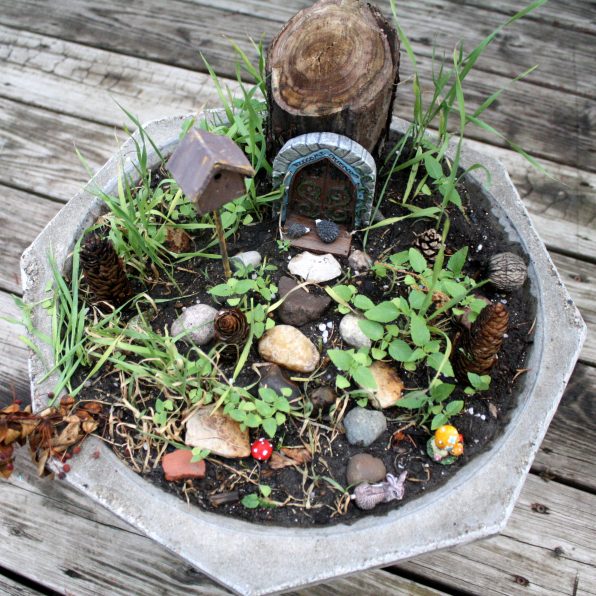
Pick a container or location
Fairy gardens can be as large or as small as you want them to be. There are many options that can work for a container. You can use a flower pot, a bird bath, or maybe you want to use an old tire. Kids are great at thinking up unique ideas so this is a good place for input.
Start with a House
To lure a fairy to your yard you’ll want to provide shelter. The house is another great way for your kids to express their creativity. You can build your own house or buy one. There are many options available at many stores and online retailers such as full houses or just doors. You can buy a door and then build the house. Perhaps you want to build a log cabin from twigs or a stone cottage from pebbles. You can use a milk jug or other container as the base of the house and glue materials to the container to mimic a stone cottage, log cabin, brick house, or straw hut.
Add Natural Elements
After you have your house figured out its time to start adding the details. It might be a good idea to have the kids draw some pictures so you have a plan before you start. After your kids (or you) know what details you want go out into the yard and see what natural elements you can find to add. Perhaps you can use pine cones as trees, stones as sidewalks, walnut shells as boulders, seed pods as flowers, or sticks as logs. The sky is the limit.
What to Put in Your Fairy Garden
One of the most exciting things when designing your garden is picking out the accessories. There are many options out there. You can find birdhouses, mailboxes, pink flamingos, animals, benches, tables, chairs. It’s easy to get carried away at this point. Refer back to your child’s drawing. The drawing can help you figure out the direction you want to go with the accessories and help narrow down your choices.
What Plants Should I Use?
The next step is to add plants. The fairy garden and details are all in miniature so it’s best to look for small-scale, and slow-growing plants such as succulents, annuals, and herbs. Use small plants to imitate larger plants that are staples in the yard for example moss as grass, succulents as bushes. When selecting your plants be sure to pick things that have the same light requirements such as full-sun or shade. Use potting soil and be sure your container has drainage holes.
Succulents
Succulents are excellent choices for areas that will have full sun. They love the sun and are slow-growers. They also do not need a lot of water. Some examples are: Hen-and-chicks, stonecrop (or creeping sedum), ice plant, gold moss sedum, and zebra haworthia. Some succulents won’t survive freezing temperatures. Depending on where you live you may need to bring them inside.
Dwarf Trees
If your fairy garden is not in a container or is in a very large container consider adding a slow-growing and small-scale trees. Some of these varieties won’t grow more than three inches a year and won’t get larger than six inches tall. Some examples are: dwarf white cedar, dwarf golden yew, dwarf Western red cedar, and dwarf Japanese Hinoki cypress.
Ornamental Grass
Ornamental grasses can add some interesting texture to your garden. Some grasses, such as fiber optic grass and toffee twist are cold-hardy in zones 7 and south. If you live in a colder zone treat these plants as annuals or move them inside during the winter. Sea thrift is another ornamental grass which produces flowers. It is cold-hardy up to zone 4.
Herbs
Culinary herbs (herbs that you cook with) are lovely and definitely have a place in your garden. These, however, are not the best choices for small, fairy gardens. Look for the ground cover varieties of herbs such as creeping thyme, golden oregano, and creeping chamomile.
Ground Cover
Ground cover plants are great filler plants. Some types are creeping and will cover any open space available. This is a great way to tie your whole fairy garden together. Good ground cover plants include: Irish moss, bugle weed (or ajuga), miniature brass buttons, Scotch moss, and creeping wire vine.
Think Outside the Flower Pot
Your garden doesn’t have to be in a container. Perhaps you have an unsightly tree stump in your yard that could use some decoration. Consider starting your garden in the shade of a large plant or even in a tree. If you choose to not use a container for your garden you can incorporate the fairy house and accessories into part of the natural scenery and you may not need to plant anything extra.

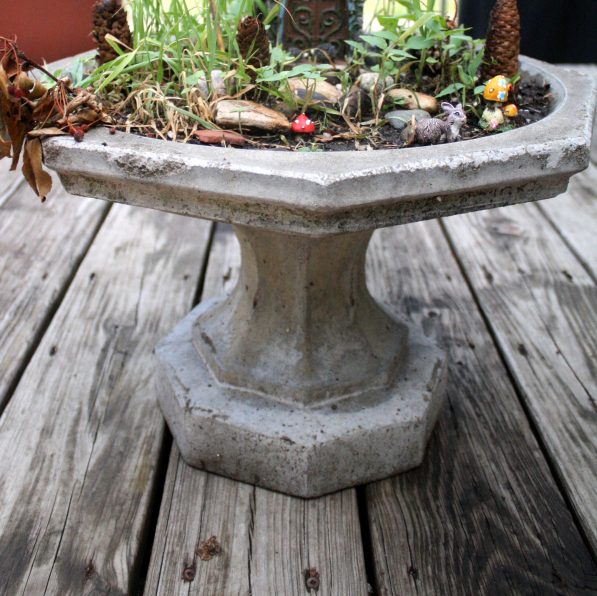

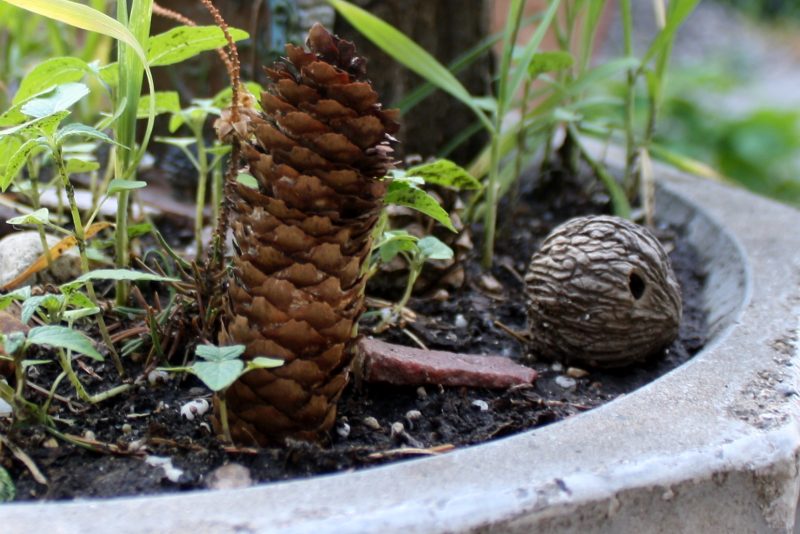
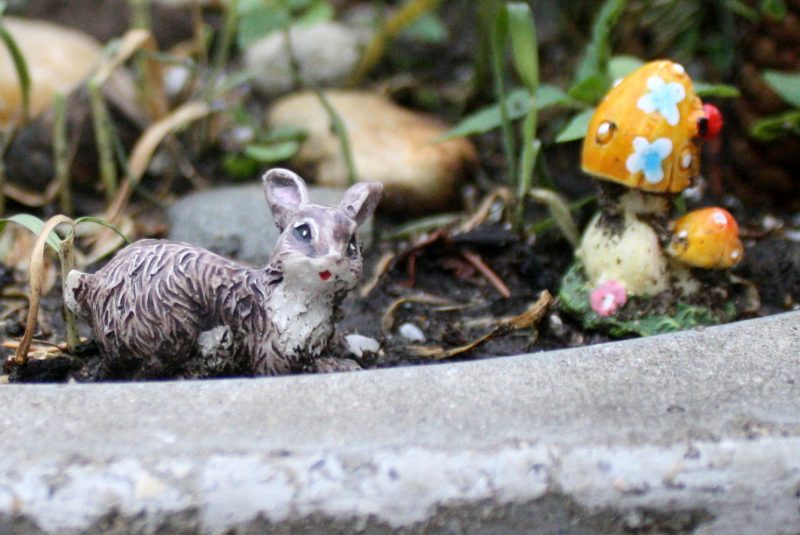
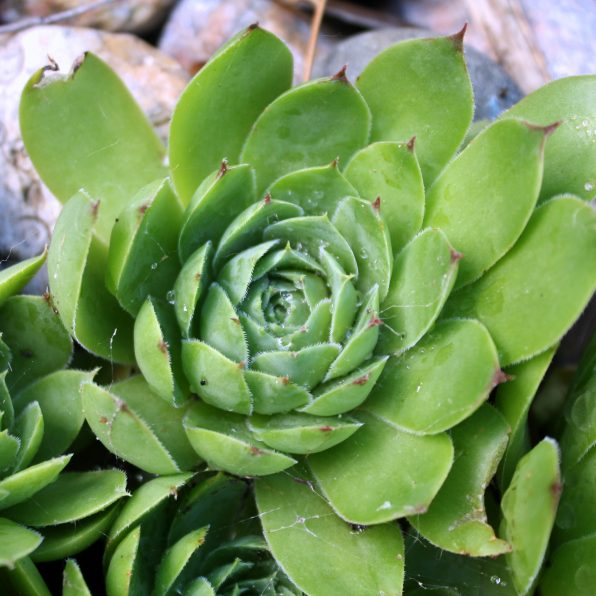
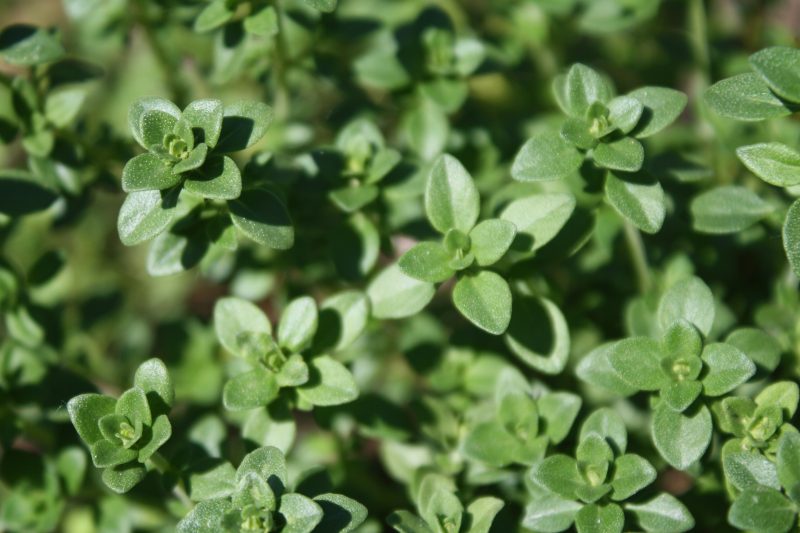
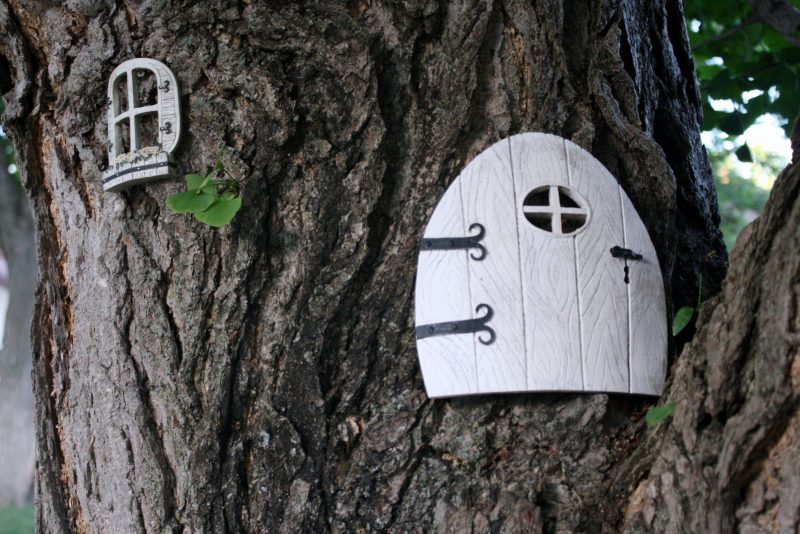
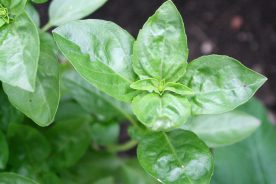
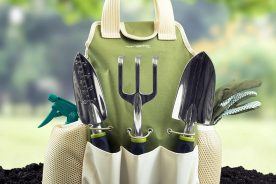
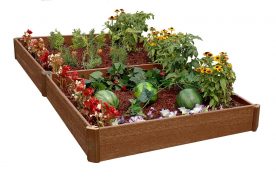

No Comments